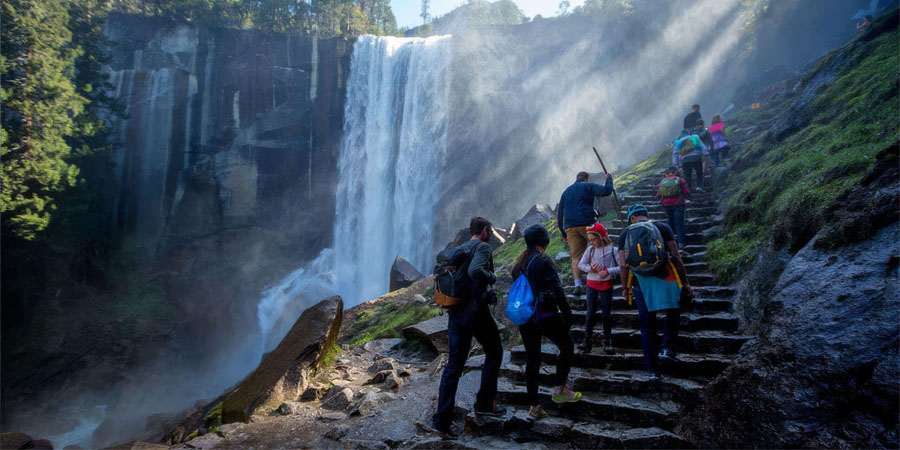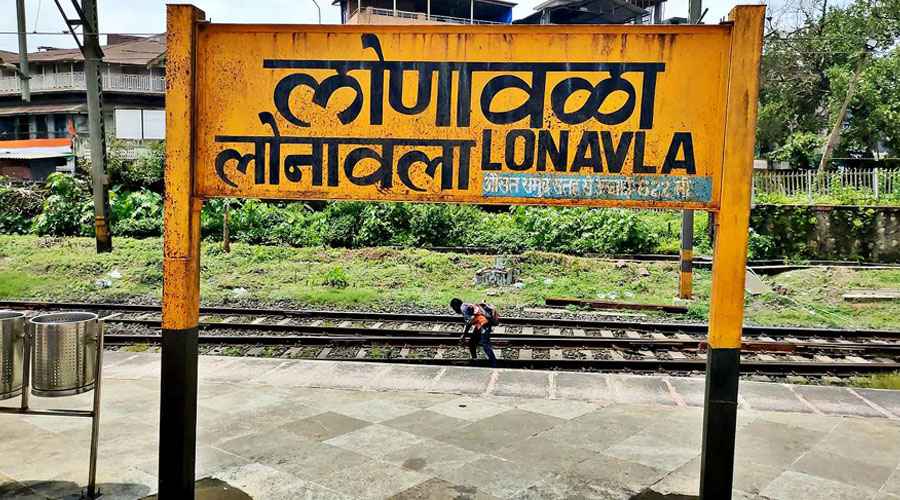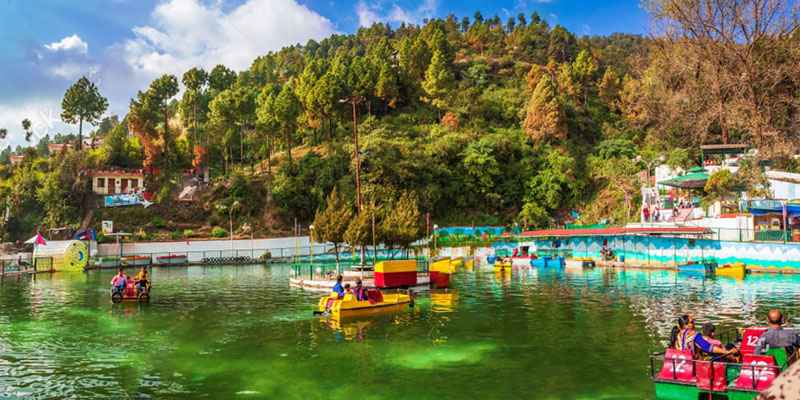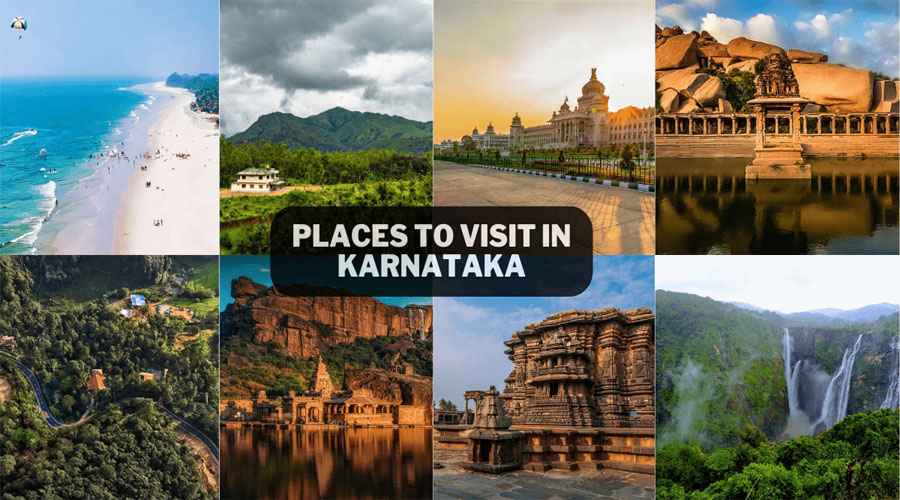Shri Nand Yashoda Bhawan, located in the sacred village of Gokul near Mathura in Uttar Pradesh, stands as a timeless and revered monument deeply embedded in the spiritual legacy of Lord Krishna. This ancient residence of Nanda Maharaj and his wife Yashoda—the foster parents of Krishna—serves not only as a symbol of divine childhood memories but also as a prominent pilgrimage site for devotees and tourists alike. Steeped in mythology and history, Shri Nand Yashoda Bhawan offers visitors an immersive glimpse into the early life of Lord Krishna, making it a must-visit destination in the Braj region, which holds immense religious significance in Hinduism.
Historical and Spiritual Significance
The village of Gokul is considered one of the holiest sites associated with Lord Krishna’s childhood, where he spent his earliest years away from his biological parents to protect him from King Kansa’s threats. Shri Nand Yashoda Bhawan is believed to be the very home where Krishna grew up under the loving care of Nanda Baba and Yashoda Mata. This place is said to encapsulate the essence of divine playfulness (leela) and affection that marked Krishna’s formative days.
According to tradition and historical lore, the current structure of Shri Nand Yashoda Bhawan dates back thousands of years, with some parts and relics believed to be from the Dwapara Yuga itself—the era during which Krishna lived on earth. The residence is often identified with the Nand Mahal or Nand Bhavan mentioned in ancient scriptures, marking it as a custodian of sacred memories and events.
Visitors to the site are often overwhelmed by the spiritual aura as it is said to be where Yashoda tied baby Krishna to a grinding mortar (okhal bandhan), a famous episode symbolizing the divine power and reminded devotees of Krishna’s mischievous nature and divinity.
Architecture and Layout
The architectural design of Shri Nand Yashoda Bhawan reflects ancient Indian heritage, with elements that transport visitors through time. The building is a sprawling structure with numerous pillars and chambers, some sections known as the “Chaurasi Khamba” (84-pillared hall), showcasing intricate stonework that is both functional and symbolic.
Within the premises, a temple hosts idols of Krishna alongside the statues of Nanda Maharaj and Yashoda Mata, highlighting their pivotal role in Krishna’s childhood. The walls are adorned with paintings and murals depicting pastoral scenes, divine pastimes, and folklore related to Krishna’s early life.
Apart from the main Bhawan, the complex includes areas like the cow shed where Krishna would tend to cows, illustrating his connection to the pastoral community. The site also offers views of the nearby Yamuna river, which, according to legend, Krishna loved and protected throughout his youth.
Pilgrimage and Devotional Activities
Shri Nand Yashoda Bhawan is a major stop for pilgrims undertaking the Braj Yatra, an extensive journey covering sacred locations associated with Krishna in the Braj region. Devotees from across India and abroad visit to pay homage, participate in aarti ceremonies, and listen to recitations of Krishna’s leelas.
Festivals such as Janmashtami, the birthday of Lord Krishna, see the Bhawan decorated with lights, flowers, and traditional adornments. During these times, the temple area buzzes with devotional singing (bhajans), dances, and enactments of Krishna’s life stories (Raas Leela), creating an atmosphere of celebration and spiritual fervor.
The site also encourages participation in various cultural and religious events, making it a hub where history, mythology, and living faith converge.
Visitor Experience and Accessibility
Visitors to Shri Nand Yashoda Bhawan can immerse themselves in a peaceful and devotional environment, surrounded by the rural charm of Gokul village. The tranquil surroundings away from bustling city life add to the sanctity of the place, allowing pilgrims to meditate and reflect on Krishna’s divine teachings.
The Bhawan is accessible by road from Mathura, which is well connected by rail and air. Local transportation options such as taxis, auto-rickshaws, and buses facilitate travel from nearby cities. The best time to visit is typically during the cooler months from October to March when the weather is pleasant.
Visitors often first explore the Bhawan, then proceed to nearby temples and sacred spots in Gokul including the Yamuna riverbank, nearby caves, and other Krishna-related landmarks to complete their spiritual circuit.
Cultural and Mythological Importance
The narratives centered around Shri Nand Yashoda Bhawan offer rich insights into Krishna’s childhood, where everyday pastoral life blends with divine miracles. Stories of Krishna’s playful pranks, miraculous feats, and loving interactions with his foster parents reaffirm his role as both a human child and a divine incarnation.
These themes are continually preserved and propagated through oral traditions, temple rituals, and pilgrim visits, making the Bhawan not only a historical monument but also a living cultural legacy. It stands as a testament to the enduring devotion of millions who revere Krishna as the Supreme Being and the embodiment of love and righteousness.
Conclusion
Shri Nand Yashoda Bhawan in Gokul Dham is far more than just an ancient structure; it is a sacred sanctuary that embodies the heart of Krishna bhakti (devotion). The rich historical background, coupled with its spiritual ambiance, makes it an essential pilgrimage destination for followers of Lord Krishna and those interested in India’s mythological heritage.
Whether approached for spiritual solace, cultural interest, or historical study, Shri Nand Yashoda Bhawan offers a profound experience of Krishna’s divine childhood and the universal values of love, care, and divine protection. Visiting this holy place invites one into a timeless journey, echoing the eternal stories of devotion and divinity that have inspired generations.



